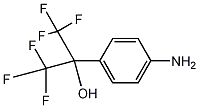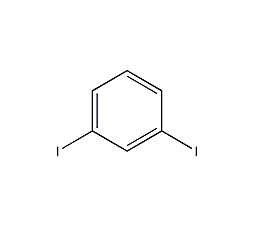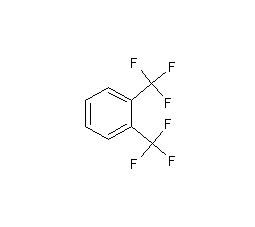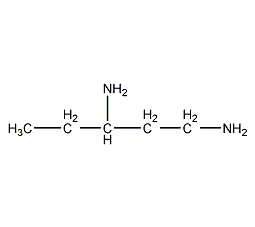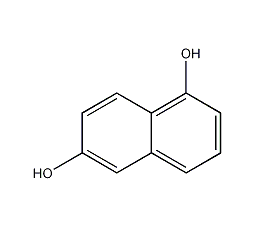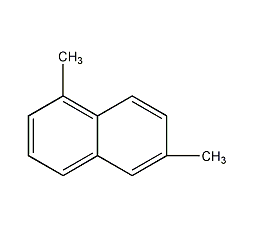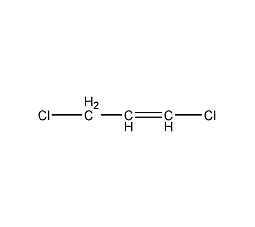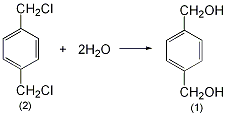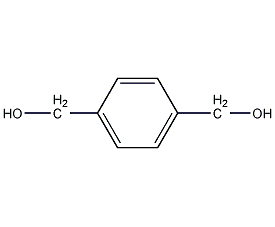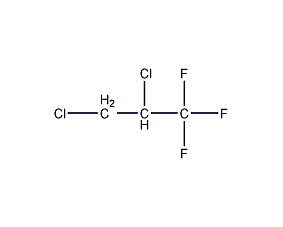1,2,3,4-Tetramethylbenzene
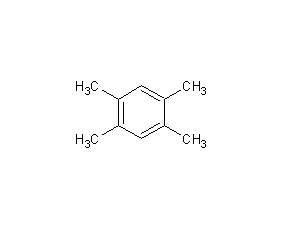

Structural formula
| Business number | 053N |
|---|---|
| Molecular formula | C10H14 |
| Molecular weight | 134.22 |
| label |
None yet |
Numbering system
CAS number:488-23-3
MDL number:MFCD00008521
EINECS number:202-465-7
RTECS number:DC0465000
BRN number:1904390
PubChem ID:None
Physical property data
1. Gas phase standard combustion heat (enthalpy) (kJ·mol-1): -5900.61
2. Density (g/ m3,25/4℃): 0.838
3. Relative vapor density (g/cm3, air=1): 4.6
4. Melting point (ºC): 76-80
5. Boiling point (ºC, normal pressure): 203
6. Gas phase standard claims heat (enthalpy) (kJ·mol-1 ): -35.31
7. Refractive index: 1.5190
8. Flash point (ºF): 165
9. Gas phase standard entropy ( J·mol-1·K-1): 421.6
10. Gas phase standard free energy of formation (kJ·mol-1): 128.61
11. Vapor pressure (kPa, 25ºC): 160
12. Vapor phase standard hot melt (J·mol-1 ·K-1): 186.1
13. Heat of combustion (KJ/mol): 49.7
14. Liquid phase standard heat of combustion (enthalpy) ( kJ·mol-1): -5845.72
15. The liquid phase standard claims heat (enthalpy) (kJ·mol-1): -90.21
16. Log value of oil-water (octanol/water) partition coefficient: 1.34
17. Liquid phase standard entropy (J·mol-1· K-1): 290.58
18. Liquid phase standard free energy of formation (kJ·mol-1): 112.77
19. Solubility: Slightly soluble in water
20. Liquid phase standard hot melt (J·mol-1·K-1): 238.32
Toxicological data
1. Skin/eye irritation data: Standard Draize test rabbit direct contact with skin: 100 mg/24 HREACTION SEVERITY: Mild
2. Acute toxicity: Rat oral LD50: 6408mg/kg, feeling Organs and special senses (eyes) – tears, lungs, chest or breathing – difficulty breathing, blood – cerebral hemorrhage;
Ecological data
This substance may be harmful to the environment, and special attention should be paid to water bodies.
Molecular structure data
1. Molar refractive index: 45.55
2. Molar volume (cm3/mol): 154.5
3. Isotonic specific volume (90.2K ): 357.8
4. Surface tension (dyne/cm): 28.7
5. Polarizability (10-24cm3): 18.05
Compute chemical data
1. Hydrophobic parameter calculation reference value (XlogP): 4
2. Number of hydrogen bond donors: 0
3. Number of hydrogen bond acceptors: 0
4. Number of rotatable chemical bonds: 0
5. Number of tautomers:
6. Topological molecular polar surface area (TPSA): 0
7. Number of heavy atoms: 10
8. Surface charge: 0
9. Complexity: 92.6
10. Number of isotope atoms: 0
11. Determine the number of atomic stereocenters: 0
12. Uncertain number of atomic stereocenters: 0
13. Determine the stereocenter of chemical bonds Number: 0
14. Number of uncertain chemical bond stereocenters: 0
15. Number of covalent bond units: 1
Properties and stability
Use and store according to specifications, no decomposition will occur, and avoid contact with oxides
Storage method
Seal and store in a ventilated, dry environment
Synthesis method
None yet
Purpose
None yet
